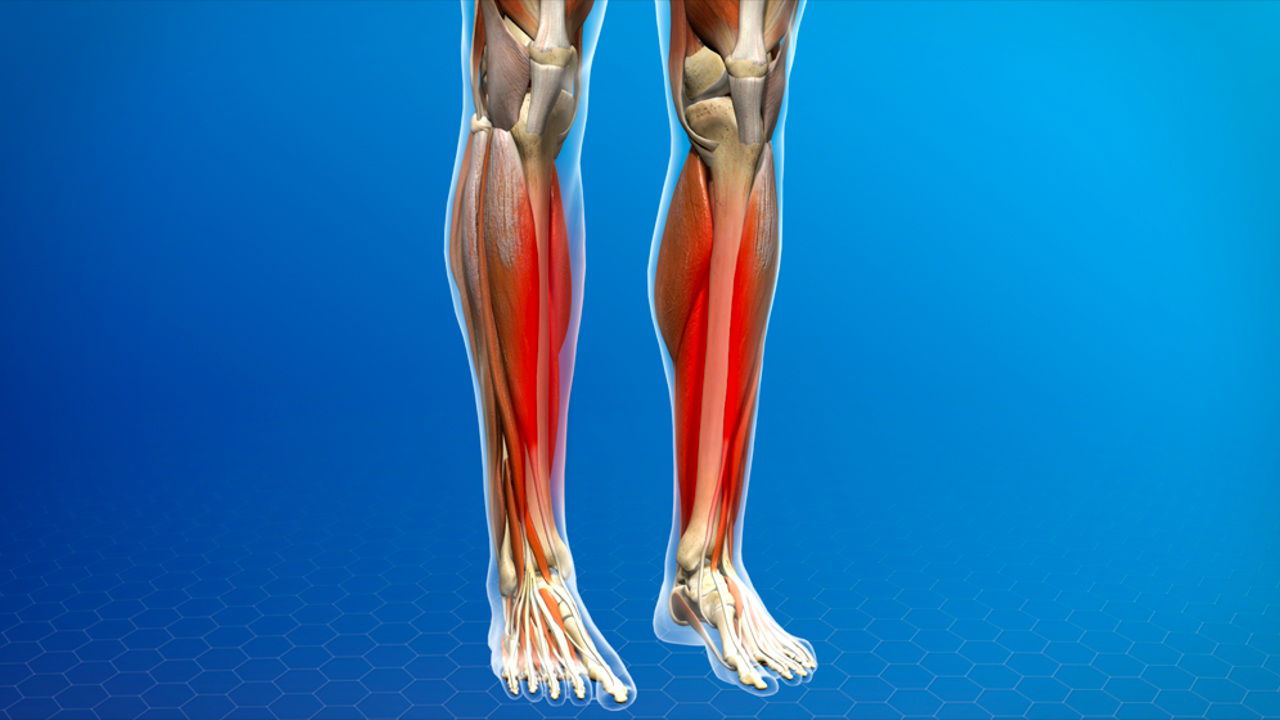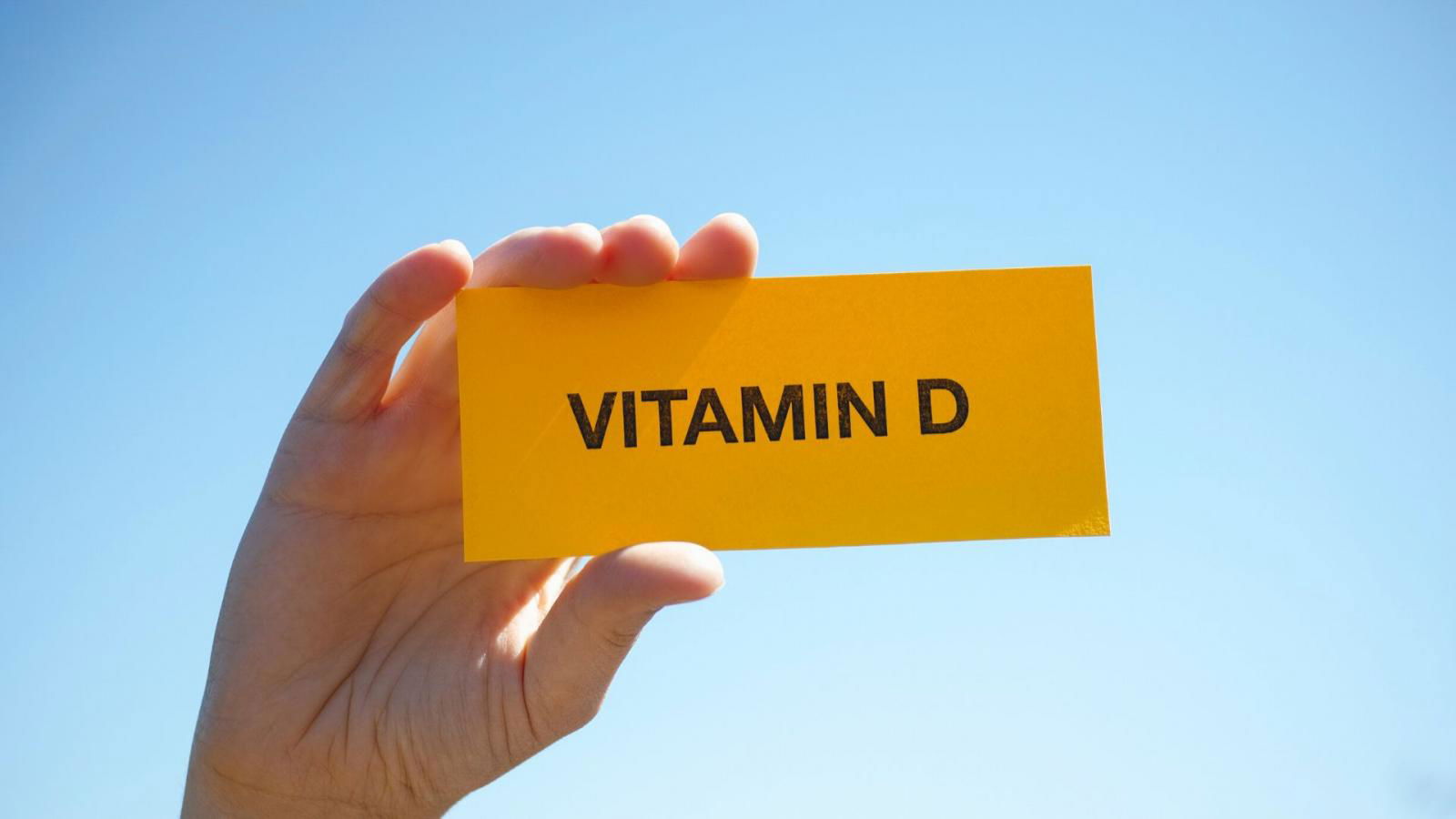
The Christmas cactus, sometimes also called Easter cactus (Schlumbergera bridgessii), is a beautiful winter flowering apartment tree that gives a touch of color to almost all indoor environments.
This known plant is not only easy to care for, but can be propagated easily and, following simple tricks, made to bloom continuously.
The Christmas cactus can be propagated by cutting a small “Y”-shaped segment from the stem tips. The segment should only be taken from a healthy part of the plant.
Plant the cut segment by inserting about a quarter of its length into a slightly sandy soil. Moisten the soil evenly and place it in a bright area but away from direct sunlight.
To generate the roots for the new plants, cut the shoots from the tips, to the second joint of each plant. The cut part should show signs of growth after a few weeks, after which it can be transferred to another pot, with a mixture of soil, compost and sand.
How to Cure the Christmas Cactus to Make It Flower
Although it does not need special care, it only takes small precautions to ensure a healthy and abundant flowering of the Christmas cactus.
This plant easily adapts to low light conditions, but will produce more flowers if it is put into brighter environments. Warning: Direct sunlight can burn the leaves, so put the plant in a well-protected, though bright, angle.
Irrigation is very important for the Christmas cactus. The plant needs frequent and abundant irrigation during spring and summer, to keep the soil always moist but without stagnation of water.
It frequently waters and let the soil dry, though never completely. Excess water can make the roots rot.
The Christmas cactus prefers temperatures between 15 degrees C and 21 degrees C and an average humidity level. It can be a good idea to put a tray of pebbles full of water under the Christmas cactus pot to increase moisture.
Once the flowering of the Christmas cactus (usually in the fall) is over, let the plant complete its dormancy cycle by reducing the frequency of irrigation and light. Make sure that the plant receives at least 12-14 hours of darkness, and a temperature between 10 and 12 degrees C. Keep the plant away from heat (e.g. stoves or radiators) and drafts of cold air.
If cured properly, the Christmas cactus can surprise us with frequent and unexpected flowering cycles.
WHEN YOUR LEGS AND BONES HURT’
The vitamin the body lacks when legs and bones are painful
Have you ever encountered leg pain for no apparent reason? Bone fragility or nighttime cramps? What if your body is trying to send you an alarm? A deficiency in certain vitamins and minerals could be a key reason in your ailments. Let’s explore together the essential ingredients for healthy bones and muscles.
Vitamin D deficiency: a common reason of bone pain
If your legs are causing pain or you suffer from weak bones, you may be deficient in vitamin D. This vitamin plays a vital role in the absorption of calcium , which is crucial for strong bones. A deficiency can cause:
Muscle weakness
Persistent bone pain
An increased risk of fractures

How to get enough vitamin D?
Exposure to the sun: 10 to 30 minutes per day, arms and face uncovered, before 11 a.m. or after 3 p.m. to avoid sunburn.
Focus on food: favor oily fish (salmon, sardines), egg yolks, certain mushrooms and fortified dairy products.
Take supplements if necessary: If you have a proven deficiency, a doctor may offers vitamin D3 supplements.
Bone pain relief
Vitamin D supplements

Dietary supplement recommendations
Vitamin D
Other deficiencies that lessen your bones and muscles
Calcium: the rock of your bones
Without calcium, your bones become fragile and more prone to fractures. It is found in:
Dairy products (milk, cheese, yogurt)
Almonds and sardines
Leafy green vegetables like spinach and kale
Magnesium: the muscles’ ally

Bananas and avocados
Sunflower seeds and nuts
Cocoa (a good excuse for a square of dark chocolate)
Natural remedies to reduce your pain
If your pain remains mild, some natural ingerdients can help you:
Ginger and turmeric infusion: a potent anti-inflammatory to reduce muscle pain.
Epsom salt baths: The magnesium they consist of relaxes muscles and ease cramps.
Magnesium oil: apply to the legs for better muscle recovery.
Arnica massage: renown for its anti-inflammatory properties, this oil is perfect for persistent pain.
Carrot and orange juice: a vitamin cocktail high in beta-carotene and vitamin C to boost your bones.

When should you consult a doctor?
If, despite these tips, your pain persists or worsens, it is crucial to consult a healthcare professional.
Don’t let your pain slow you down! Consume a diet rich in vitamins and minerals, get plenty of sun exposure, and apply these natural tips to refresh well-being and vitality.